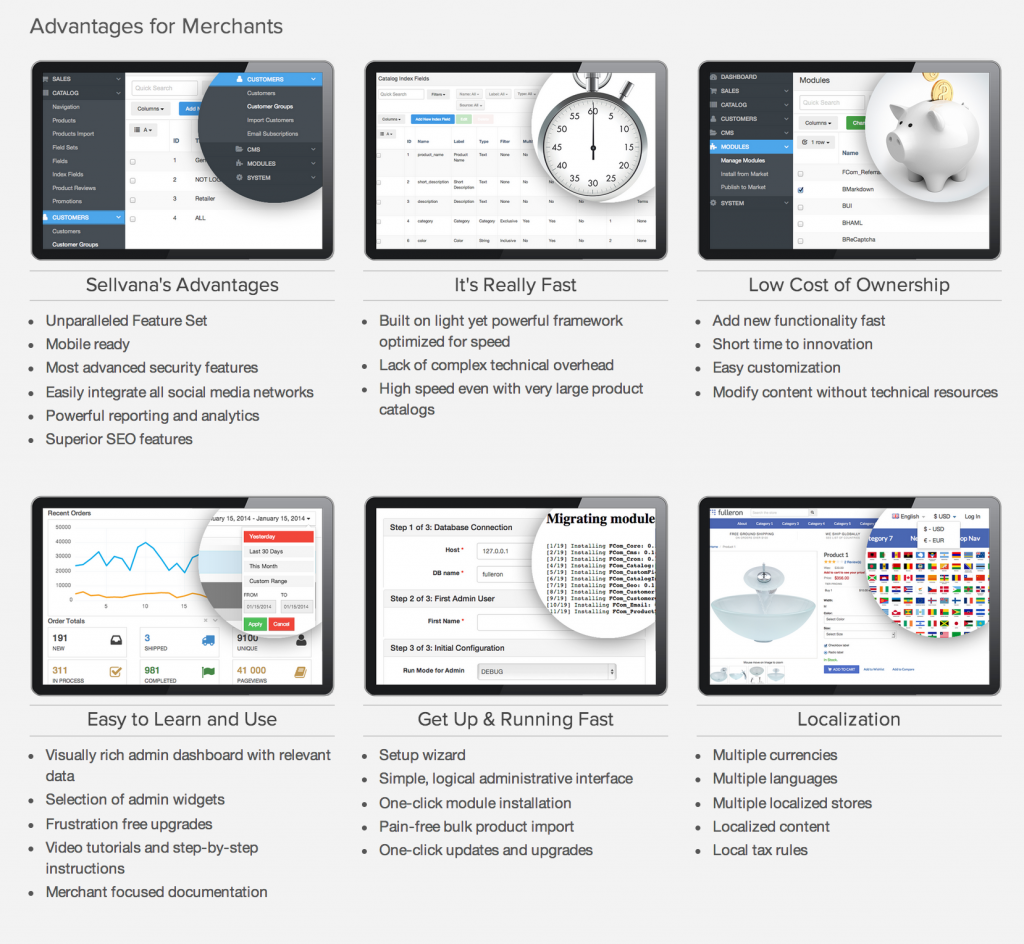Yahoo Stores – Redesigned SaaS Ecommerce Platform by Yahoo
Yahoo has relaunched its Saas e-commerce platform called Stores. SaaS stands for software as a service. It is a special licensing and delivery model for software in which it is licensed on a subscription basis and hosted centrally. Redesigned Yahoo Stores makes it significantly easier for businesses to get online; provides mobile first e-commerce; brings forward the date of the first sale, and is enough resizable to support growing ecommerce web-stores.

 Mobile
Mobile Mobile branch of e-commerce is constantly growing. It plays very important role not only in infrastructure of online stores but it gradually becomes one of the major sales tool for multichannel stores. In November 2013 Google posted through Think Insights that in USA average consumer spends about 15 hours a week looking for products on smartphone or tablet. About 93 percent of such consumer make a purchase, if the desired item is found, of course. As you can see, it is very important to provide the ability to reach the store from mobile device. There are three major strategies for Mobile e-commerce in 2014: native apps, HTML5, CSS or JavaScript, and mobile web.
Mobile branch of e-commerce is constantly growing. It plays very important role not only in infrastructure of online stores but it gradually becomes one of the major sales tool for multichannel stores. In November 2013 Google posted through Think Insights that in USA average consumer spends about 15 hours a week looking for products on smartphone or tablet. About 93 percent of such consumer make a purchase, if the desired item is found, of course. As you can see, it is very important to provide the ability to reach the store from mobile device. There are three major strategies for Mobile e-commerce in 2014: native apps, HTML5, CSS or JavaScript, and mobile web.

 UPD (16.04.2014): A brand new marketplace is coming soon
UPD (16.04.2014): A brand new marketplace is coming soon